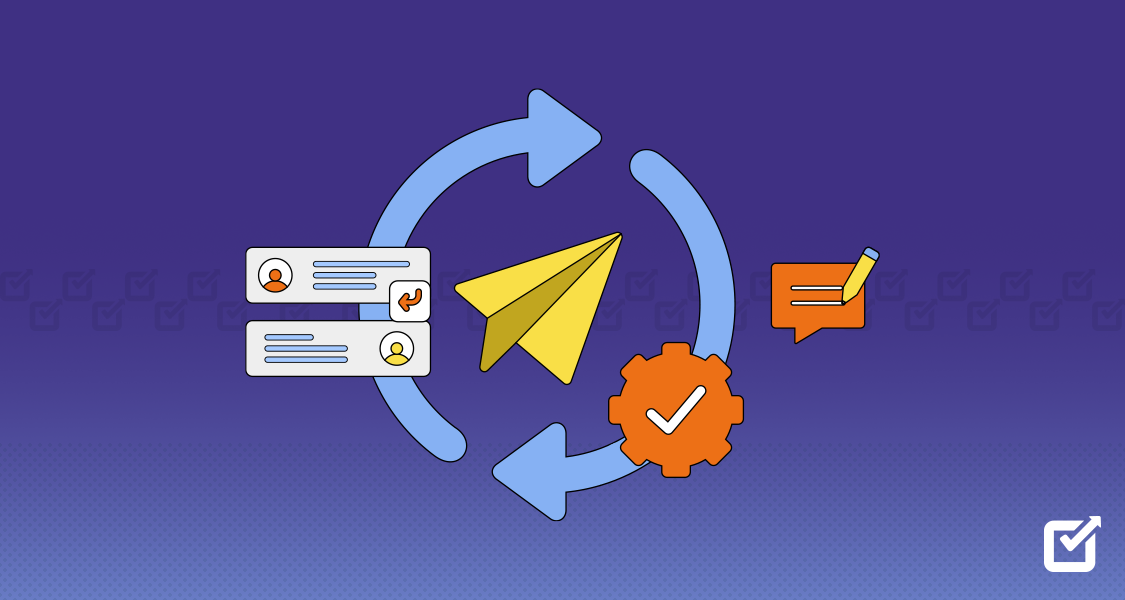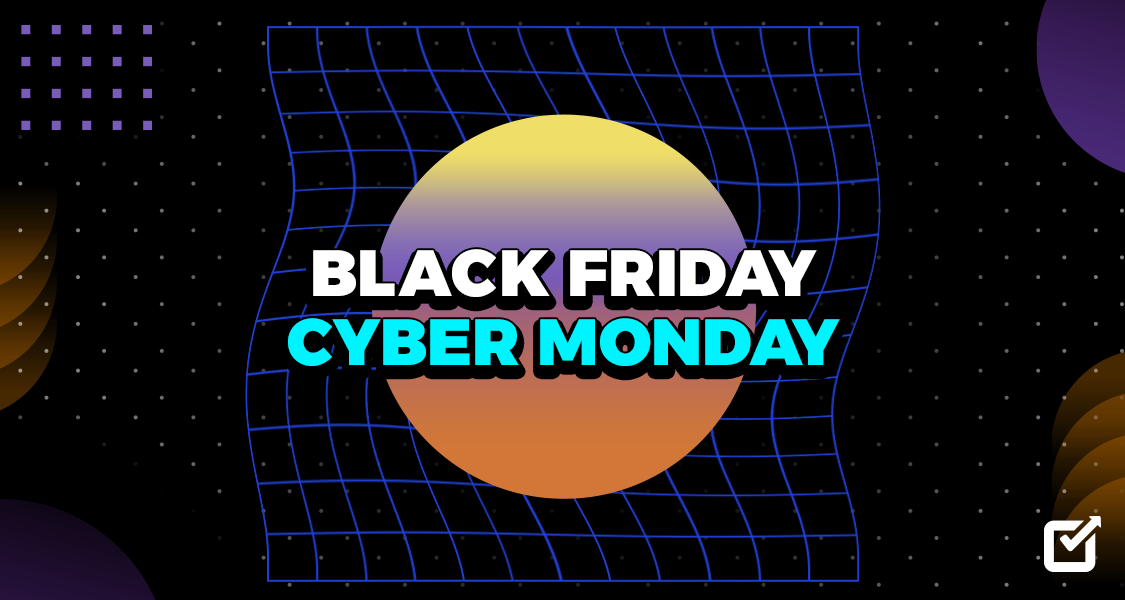Are you a writer waiting to share your story with the world and maybe even make some money from it?
Where everyone is looking for new ways to share their stories and ideas, Substack stands out as a promising option. It has quickly become a favorite platform for writers, journalists, and thinkers.
But what makes Substack so special, and why are so many people flocking to it? The answer might lie in its newsletter subscription feature. So, it means this platform is not just for writers but marketers too, helping them leverage its features whether they want to reach new audiences or add something extra to their social media management toolkit.
Curious to know more? Let’s explore together what is Substack and how it can help you expand your reach and connect with your audience in ways you might not have thought possible before.
What Is Substack?

Launched in 2017, Substack has become a game-changer for newsletters. If you’re wondering”What is Substack meaning?” the simple answer is that it’s a website providing a user-friendly platform for writers and journalists. Substack cuts through the complexities and costs of traditional publishing, allowing creators to share their work and directly monetize it.
Substack liberates writers from the constraints of mainstream publishing and advertising. This fosters a direct connection with readers, building stronger relationships and loyal followings. Creators can finally speak directly to their audience on their own terms.
But the platform’s true power lies in its creator-centric approach. Writers can earn through subscriptions, getting paid directly by their readers. This financial independence incentivizes high-quality content and ensures creators are fairly compensated.
Simplicity is another hallmark of Substack. Writers can effortlessly manage subscribers and track content performance, freeing them to focus on crafting the content their audience craves. Additionally, Substack fosters diverse voices and topics that might not find a home in traditional media, which makes it s a great platform for various niches.
Want to get better at social media?
Sign up for Social Champ and schedule posts, track analytics, and get maximum engagement. Make every post count. Begin your success story now!
How Does Substack Work?
Substack makes it simple for anyone to find and enjoy great content. Here’s a straightforward look at how it works:
Getting Started

Getting started on Substack Signing up for Substack is as easy as creating a new email account. Once you’re in, you can start writing your content. Once you register, you can explore and sign up for other newsletters on Substack, giving you a taste of what other users offer.
Choosing a Substack Name
After signing up, you’ll need to personalize your profile. Start by picking a name for your Substack that stands out and tells people what it’s about. Your name is how people first see you, so you want it to be easy to remember but also show off what makes your channel special. Think about what will make your content easy to find and ensure it shows your content’s vibe.
Making Your Profile Interesting
Don’t just list facts about yourself on your profile. Share what drives you and why you’re passionate about your topics. People are drawn to Substack because they’re interested in the person behind the newsletter. Use your profile to share your story, what you aim to do with your newsletter, and why people should follow you.
Planning When to Post
Having a regular schedule is key to keeping your readers coming back. Decide how often you want to send out your newsletter—like once a week, every other week, or once a month—and try to stick to that plan. This will help your subscribers know when to look out for your latest post, making it easier for them to stay connected with your work.
Writing and Sharing

Substack categories Substack’s writing setup is clean and distraction-free. You can write your newsletters directly on Substack or upload them elsewhere. If you like keeping to a schedule, Substack has tools for that, allowing you to send out your newsletters at just the right time to keep your audience engaged.
Growing Your Audience
A newsletter’s success depends on its readers. To help you attract more subscribers, Substack lets you easily post subscription forms on your website and share your work widely. These features are key to attracting new readers and keeping your community growing.
Understanding Your Readers
Knowing what your audience likes is crucial, and Substack gives you the data to see how your newsletters are doing. By looking at open rates and what people are clicking on, you can learn what works best and tailor your content to fit your readers’ interests. Watching how your subscriber numbers change also helps you know if you’re on the right track.
Making Money
One of the big draws of Substack is that the platform allows you to monetize your work. You have the option to charge for subscriptions, letting you offer exclusive content to paying members. This not only brings in income but also adds value for your readers.
Substack simplifies the process of creating, sharing, and profiting from email newsletters. With its easy-to-use tools, insights on readers, and options for earning money, it’s a great choice for anyone looking to start or grow their digital presence.
Related Article: How to Set & Achieve Social Media Goals in 2024
How to Start and Grow Your Substack
Improve Your Substack’s Visibility
SEO (Search Engine Optimization) is not only important for websites but also for newsletters. By using good SEO practices, you can make your Substack newsletter easier to find, grow your audience, and create a strong online presence.
Write Good Titles and Descriptions
Choose titles and descriptions that catch people’s attention and are also suitable for search engines. Use high-volume keywords that your target audience searches for to find content like yours. Ensure your titles show what value readers will get, and your descriptions clearly explain your newsletter.
Choose the Right Keywords
Putting the right keywords in your newsletter makes it easier for people to find your work. But it’s important to use them in a way that feels natural and adds to what you are saying. Pick keywords that you think potential readers are using to search for topics you’re writing about, and use them wisely to help more people find your content.
Build Links and Collaborate With Others
Backlinks, which are links from other websites to your newsletter, help show search engines that your content is valuable and trustworthy. To get more of these links, try teaming up with other writers, bloggers, and influencers. Guest writing on other blogs or being active in online groups related to your topic can also help you become seen as a reliable source.
Make Content That Sticks
The content you create is key to your Substack’s success. It should be informative, fun, and resonate with your readers. Here are some tips to make sure your content hits the mark.
Find Your Own Style
What makes your newsletter special is how you sound. Be it funny, caring, or authoritative, having a unique style helps readers connect with you and keeps them coming back. Try out various approaches until you find one that’s truly you.
Pick Topics That Engage
Keeping readers interested is crucial. Your articles should be well-written and focus on topics that your audience cares about. Look into trends, feedback, and the numbers to figure out what your readers like most.
Add Media and Interactive Bits
Using pictures, videos, and graphics can make your newsletter more interesting to look at and read. You can also consider including things like polls or questions to get readers involved and hear what they have to say.
Grow Your List of Readers
You can grow your Substack audience by promoting on social media, especially Twitter. Collaborate with other writers in your niche for cross-promotion. Offer a taste of your premium content with free samples. You must also engage with your readers through comments and polls and utilize Substack’s recommendation feature to connect with relevant readers.
Use Social Media
Social media can help spread the word about your newsletter. You can use platforms where your potential readers hang out to share bits of your content, talk to people, and engage with communities that match your interests.
Get Recommendations
When your current readers recommend your newsletter to others, it’s a big win. So, make sure your content is easy to share, and think about giving something in return for referrals. Happy readers are your best promoters.
Offer Extras for Sign-Ups
You can also give away something special, like an e-book or exclusive content when people sign up. These goodies attract new subscribers and show the value of your newsletter.
Learn and Adjusting
Substack offers tools to measure the success of your newsletter. Use this feedback to get a better idea of what works and what doesn’t. Be ready to try new things and adjust based on your findings.
Featured Article: Gen Z Marketing 101: Everything You Need to Know
Is Substack Free? Tips to Use Substack
Substack offers its platform to publishers for free, meaning there are no charges for setting up an account or storing text and audio content. A significant portion of content on Substack is accessible without charge.
Content creators can decide if they want to monetize their work by putting it behind a paywall, leading to a blend of complementary and premium content on their pages.
The cost of subscribing to a premium Substack newsletter averages about $5 a month, though some subscriptions can reach up to $50. Additionally, Substack provides an option for fans to become a Founding Member, offering them a way to contribute additional funds in support of their favorite creators, akin to donating.
A summary of average payments from founding members can be seen in the provided chart. Substack profits from this model by retaining 10% of the subscription revenue. For payment processing, Substack utilizes Stripe, which deducts 2.9% plus a 30-cent fee for each transaction from the subscription fees.

Setting up Paid Subscriptions
Substack’s paid subscriptions feature allows you to offer a premium experience to readers who are willing to pay for it.
Pricing Your Subscriptions
Decide on a pricing model that reflects the value of your content and is competitive within your niche. Substack allows you to set a monthly or annual price, and you can experiment with different prices over time to see what works best.
Tiers and Benefits
Consider offering different subscription tiers with varied benefits. Extra features like access to a private community, personal Q&A sessions, or exclusive content make higher-priced tiers more enticing.
Managing Expectations
Be transparent about what paid subscribers can expect. Set clear boundaries for your time and what content they’ll receive.
Engaging With Your Subscribers
Building a loyal readership on Substack goes beyond crafting great content. To thrive, you need to foster a connection with your subscribers. This means going beyond the one-way street of a newsletter and creating a space for interaction, feedback, and a sense of community.
Providing Value
Consistently provide value through your content. Make your subscribers feel like they’re getting real benefits from their investment in your newsletter.
Exclusive Content for Subscribers
Reward paid subscribers with occasional exclusive content to make the subscription fee feel even more worthwhile.
Personal Touches
Consider sending personalized emails or creating a welcoming onboarding experience for new subscribers. These small gestures can make a big difference in how your audience perceives you.
Diversifying Your Revenue Streams
While paid subscriptions are the centerpiece of Substack’s monetization model, there are several other ways to bring in income.
Merchandise
If you’ve built up a loyal enough following, you might want to consider selling branded merchandise. The extra revenue can add up, whether it’s T-shirts, mugs, or digital goods.
Sponsored Content and Ads
You can still monetize with ads and sponsored content if they fit your newsletter’s brand and ethics. Ensure that any sponsored content is clearly disclosed to your readers.
Donations and Tips
Substack now offers a way for readers to make one-time contributions or leave tips as a form of support for your work. Encourage your readers to show their appreciation in this way.
Related Article: Online Community: How to Build an Effective One in 2024
Additional Features
Substack offers a range of features to help you monetize your writing beyond the basics of subscriptions.
Affiliate Programs
Join relevant affiliate programs and use your newsletter to promote products or services you genuinely believe in.
Courses and Workshops
If you have expertise in your area, consider offering paid courses or workshops to your subscribers. This can be a valuable add-on to your existing content and create additional revenue streams.
Member-Only Discussions
Use Substack’s built-in features to create member-only discussion forums for an additional layer of community and engagement. You might even charge a fee to access these exclusive spaces.
Optimizing for Growth and Retention
To continually increase your revenue, you need to focus on growing your subscriber base and retaining existing subscribers.
Analyzing Performance
Use Substack’s analytics to track what type of content performs well. You can then make data-driven decisions to optimize your strategy.
Subscriber Feedback
Listen to your readers. Act on your feedback to continually improve your content and the overall subscriber experience.
Continuous Learning
Stay updated on best practices in email marketing, content strategy, and digital publishing. The landscape is always changing, so you need to be willing to adapt.
Scaling Your Monetization Strategy
Once you’ve established your newsletter and made money, it’s time to think about scaling your operation.
Hiring Help
Consider hiring editors, designers, or assistants to help with the production and management of your content. This can free up your time to focus on growth strategies.
Investing In Marketing
Set aside a portion of your revenue for marketing efforts. Whether it’s advertising, promotions, or further audience research, smart marketing can lead to significant returns.
Long-Term Planning
Create a long-term plan for your newsletter’s growth and monetization. Maybe you want to turn it into a book, or perhaps you’re building towards a media empire. Your early monetization efforts should feed into these larger goals.
Advanced Strategies for Growth and Engagement on Substack
Once you’ve established a solid foundation, it’s time to explore advanced strategies to take your Substack to the next level.
The Power of Email Sequences
Email sequences are a series of automated emails that drip content to your subscribers. They can be used to onboard new sign-ups, promote products, or re-engage dormant users. Email sequences are a powerful tool for nurturing your subscriber relationships.
Cross-Promotion With Other Newsletters
Partner with other Substack creators to cross-promote each other’s newsletters. This collaboration broadens your reach and introduces your newsletter to new audiences. Look for writers with complementary content or overlapping readerships.
SEO to Its Fullest
SEO for newsletters is an ongoing process. Stay updated with the latest trends and algorithms to keep your content optimized. Regularly audit your newsletter for SEO and make adjustments as needed to maintain and improve your rankings.
Is Substack Worth It?
Determining if Substack is your right platform boils down to your needs and goals. For those wondering, “What is Substack?”. For writers and creators who want an easy way to reach their audience without dealing with technical issues or initial costs, Substack is a great option.
It makes sharing content and handling subscriptions simple, which is perfect for those who want to make money from their work or build a dedicated group of readers. Creators can choose to offer their content for free or charge for it, giving them the chance to connect with their audience in different ways. For readers, the appeal is getting special and specific content that matches their interests straight from the creators.
But if you’re thinking about subscribing to a lot of paid content, the costs might start to add up. In the end, Substack’s real benefit is its straightforward and user-friendly nature, making it attractive for content creators and their audiences in today’s online world.
The Take Away
With this guide, you no longer have to wonder, “What is Substack?”
Substack makes it easy for both new and experienced writers to share their work with others online. It gets rid of the usual cost and technical challenges, making it simpler for more people to start their own digital newsletters.
Whether you want to share your content for free or make money through subscriptions, Substack has everything you need to get started. Its clear-cut approach to sharing profits lets writers concentrate on creating interesting content for their readers.
Substack also helps writers connect with their audience in meaningful ways. This guide has covered the basics of what Substack is and how it works, showing how anyone can use it to share their ideas and maybe even make some money from their writing.











